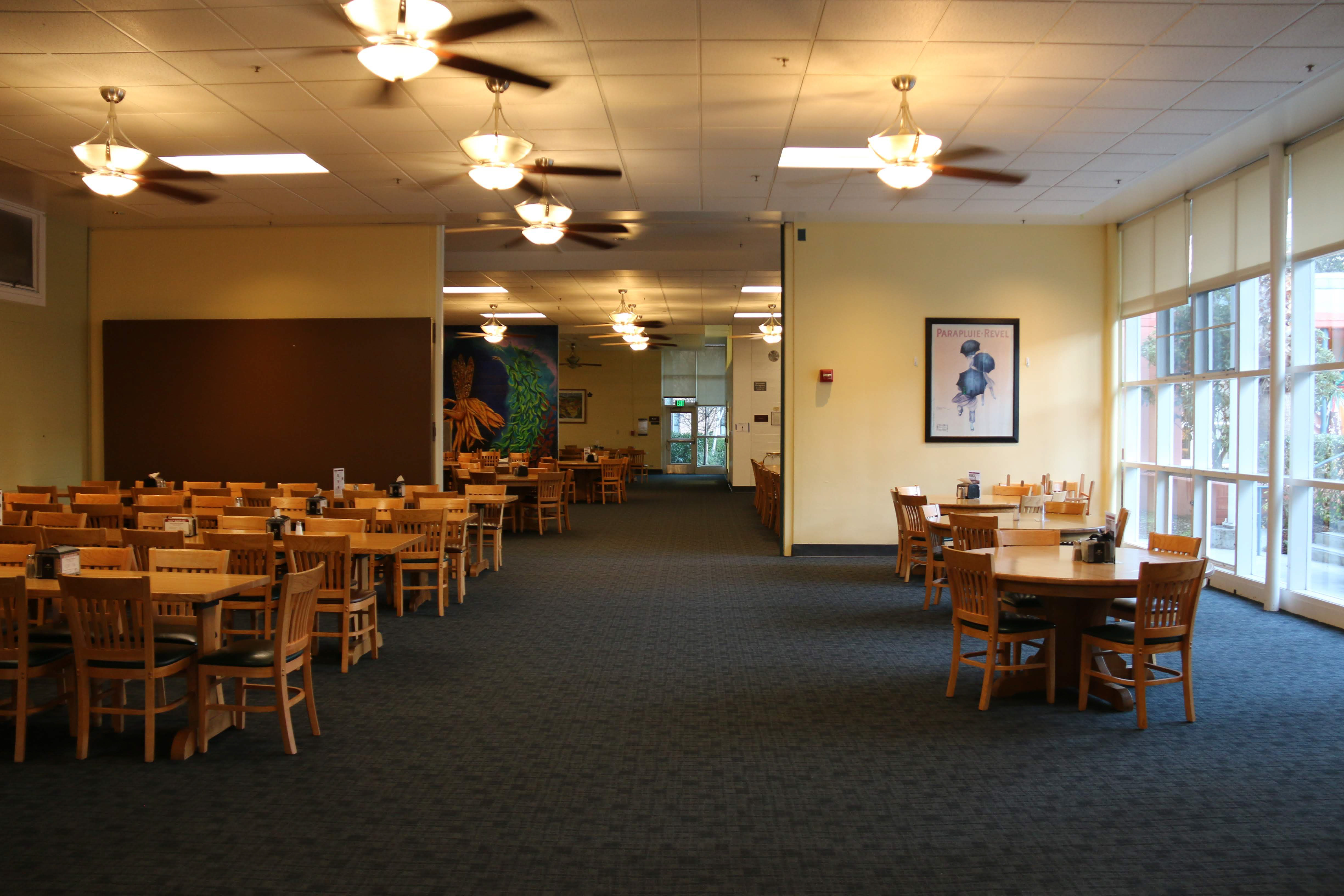While many students are confused by Stanford’s new ResX initiative that will completely redesign residential life, there is perhaps no cohort that is feeling more uncertainty about the new housing system than incoming frosh, who have yet to experience life on campus.
While some are optimistic about increased opportunities to build community, both incoming and prospective frosh reported a widespread feeling of confusion among their cohort. All applied to Stanford in the fall, or committed last year but deferred their enrollment, without knowing about the potential implementation of the new housing system which will separate undergraduate student residences into eight neighborhoods.
Since prospective frosh haven’t themselves experienced the current housing system at Stanford, many are relying on upperclassmen to form their opinions on the ResX initiative, citing comments from the Instagram account Stanford Missed Connections or conversations with current students.
“I liked the idea of being able to stay in a place [because] that makes things easier in terms of keeping things inside of your dorm for years, and then you still have the option to transfer out,” said Kimberly Gonzalez-Zelaya ’25. “But seeing how people are reacting to it right now, I’m not sure if it’s going to be a good thing or not.”
After over a year of online classes for both current Stanford students and the high school seniors, Avery Watkins ’25 said that “anything that the University can try to do to build back that sense of community that we all lost is a step in the right direction.”
In conversations with upperclassmen, Watkins said that she has heard about how sophomore year can be “really difficult” for some students because frosh friend groups formed in first-year dorms get “scattered” across campus residences. Even before the ResX initiative was announced, she “wished Stanford had something sort of like [the neighborhoods system]” to address these concerns.
Similarly, Oriana Riley ’25 was worried about coming to Stanford and having to “completely abandon your friends except for the select few who you get to live with,” after her first year.
“Staying with the same people for four years is pretty exciting because if you’ve made good friends, they’re still going to be in the same general area so you can still remain friends and actively see each other and hang out, but you don’t have to worry too much about them moving across campus,” she said.
But the optimism is not universal. Other students felt the opposite, saying that being assigned to a neighborhood for all four years would inhibit community-building at Stanford.
Charlotte Maguy ’25 said that though the system could be beneficial if implemented well, she had concerns about “cliques” forming, adding that for prospective frosh who are excited to meet new people, “it’s not very hopeful going into Stanford, knowing that you can’t really choose where you want to be.”
Some students drew analogies to Greek life, saying that they were concerned about neighborhoods developing different reputations and cultures. “I feel like whenever students are put into groups, there’s a subconscious sort of status quo that develops, so it might even be like more cliquey,” said Carmel Limcaoco ’25.
While not all were worried about cliques, several did agree that the neighborhoods system would naturally prevent students from meeting as many new people as they typically would. Aaron Oliver, a prospective member of the Class of 2025, said that the ResX initiative might “inhibit your ability to stretch out.” He added that though he appreciates the University’s attempt to create “a smaller college feeling,” he was worried that “socializing outside the neighborhood might be hard.”
Some even said they’d prefer the existing system. Obinna Ekeagwu ’25 said that he thought “a year is enough time to get to know people, and after a certain point you’d want to meet new people each year.”
Limcaoco echoed those concerns, adding that she would be “pretty bummed” if she was assigned to a neighborhood that she didn’t “vibe with,” and ended up having to stay there for the majority of her time at Stanford. “I honestly would have preferred the previous [system] just because I believe that, if something isn’t broken, why fix it?” she added.
For some prospective frosh who remain cautiously optimistic about the neighborhoods system, many are hopeful that with time, tradition will make neighborhoods an integral and loved part of the Stanford community.
Maguy referenced Harvard’s system of “Houses,” which are somewhat similar to the proposed neighborhoods. “They had the system really set in the way that people were excited about it,” she said. “That’s what I liked about that, and I think Stanford could get there.”
“I think it could end up being a good type of community that you wouldn’t get elsewhere, and a sense of inclusion,” she added. “Your freshman dorm could be a real family for the four years you’re there.”
Katie Reveno contributed reporting to this story.
